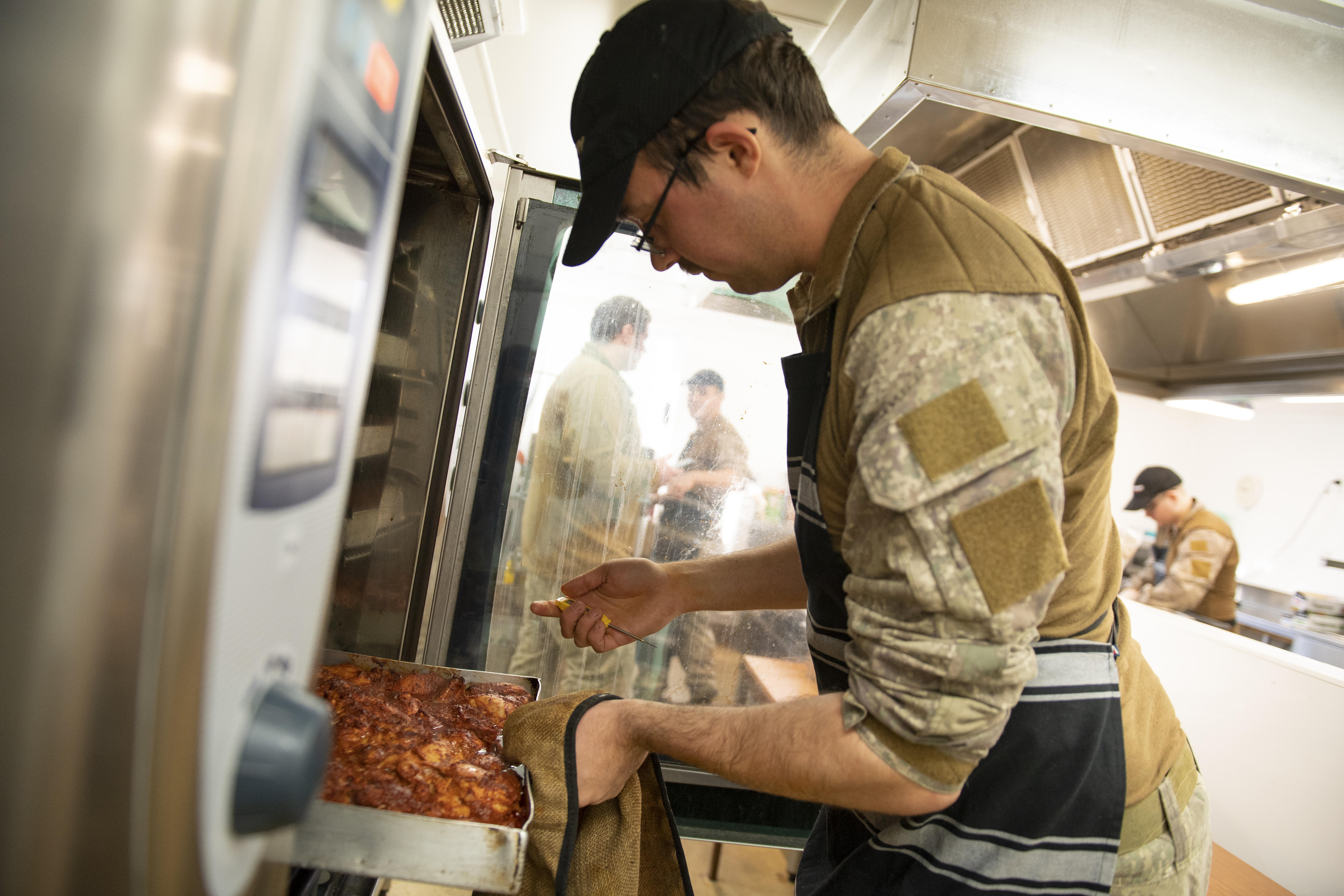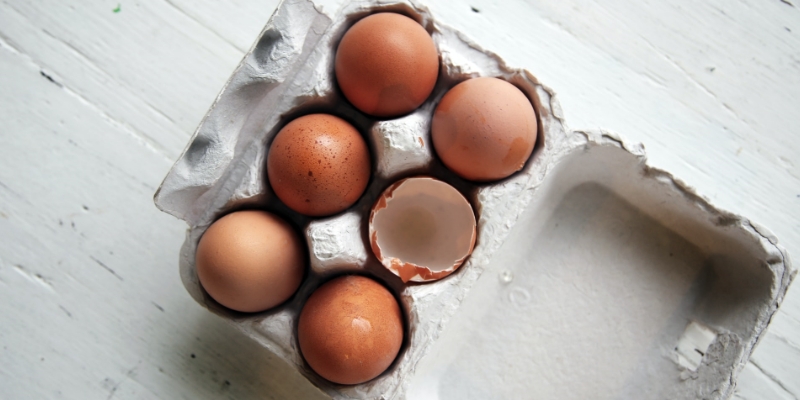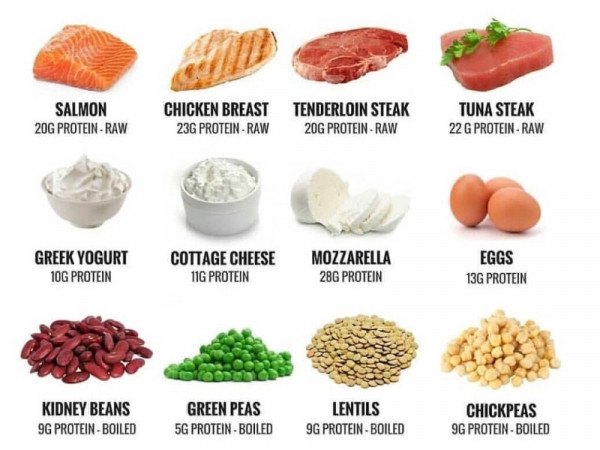Fuelling the force
General guidelines to help everyone improve and maintain optimum nutrition.

Nine simple steps to achieve healthy and sustainable nutrition
Whether you are a new recruit, a seasoned professional, or special forces, the foundations of a good diet are the same.
Minimally processed foods contain the nutrients to support metabolism, performance, mood, energy and recovery, with protein sources being a key dietary factor to supply these nutrients. The amount you will need, particularly carbohydrates and fat, will depend on your physical activity level and your body composition goals. Follow these nine easy steps to achieve healthy and sustainable nutrition.
-
1. Prioritise natural or minimally processed foods
-
2. Limit processed foods
-
3. Avoid ultra-processed foods
-
4. Use natural oils, natural fats and salt in small amounts
-
5. Eat mindfully, and with others
-
6. Develop and share cooking skills
-
7. Plan your meals in advance
-
8. Choose freshly made meals when away from home
-
9. Plan your time to make food and eating important in your life
Fuelling your body
Portion size information
The amount of each macronutrient you need (carbohydrate, protein, fat) is determined by a few factors – your age, activity level, and body composition.

Protein
Protein-based foods provide the building blocks of our musculoskeletal and physiological systems. Most experts agree that we should be consuming at least 1.2g per kilogram body weight of protein a day, and for more active people, around 1.6g per kilogram body weight. A good rule of thumb is to incorporate between 1-2 palm sized portions of foods high in protein at each meal.
Muscle mass and bone density diminish as we age, so focusing on larger amounts of protein can help preserve and protect the musculoskeletal system for people aged 40 years and older.

Carbohydrate
Carbohydrate-based foods fuel higher intensity activity, and help replenish our body’s stores of carbohydrate that can become depleted due to being active. They also calm the central nervous system, helping the body to produce serotonin, the calming, feel good hormone.
The amount of carbohydrate you need is dependent on your activity level and your body composition goals. If your role is physically demanding, incorporate two serves of carbohydrate at each meal, or just one if you are looking to improve your body composition. Examples of good choices are: A large piece of fruit, kumara or potato (equivalent to the size of your fist) or ½ cup cooked legumes (such as red kidney beans, lentils, chickpeas).
If you do regular PT but otherwise have a role that is lightly active, incorporate one serve of carbohydrate at each meal, or just one in the meal after your training. Keep the other meals low in carbohydrate if you are wanting to improve your body composition.
How do you know if the carbohydrate amount you are consuming is right for you? Click here.
For resources on how to count and manage your carbohydrate intake, visit Ditch the Carbs.
Fat
Fat-based foods are great for hormone health, satiety (fullness) and flavour. The amount of fat you should aim for is dependent on your activity levels (and subsequent energy/calorie requirements). If you have body fat to lose, keep it to 1-2 serves of fat per meal. If you are very active, 3-4 serves of fat per meal is appropriate (not including the fat that is already naturally present in some foods, such as eggs or salmon).
Good options include nuts, seeds, coconut oil, coconut cream, cheese, avocado, and olive oil.
Vegetables
Non-starchy vegetables are a good source of fibre, helping to maintain a healthy gut microbiome, and phytochemicals, which aid our body’s natural anti-inflammatory and anti-oxidant defence systems.
Non-starchy vegetables, including salad greens, capsicum, eggplant, zucchini, tomatoes, cucumber, cauliflower, spinach and kale are low energy, nutrient-dense options that add bulk and volume to meals. Add a minimum of 2-3 serves at each meal to maximise their benefits.